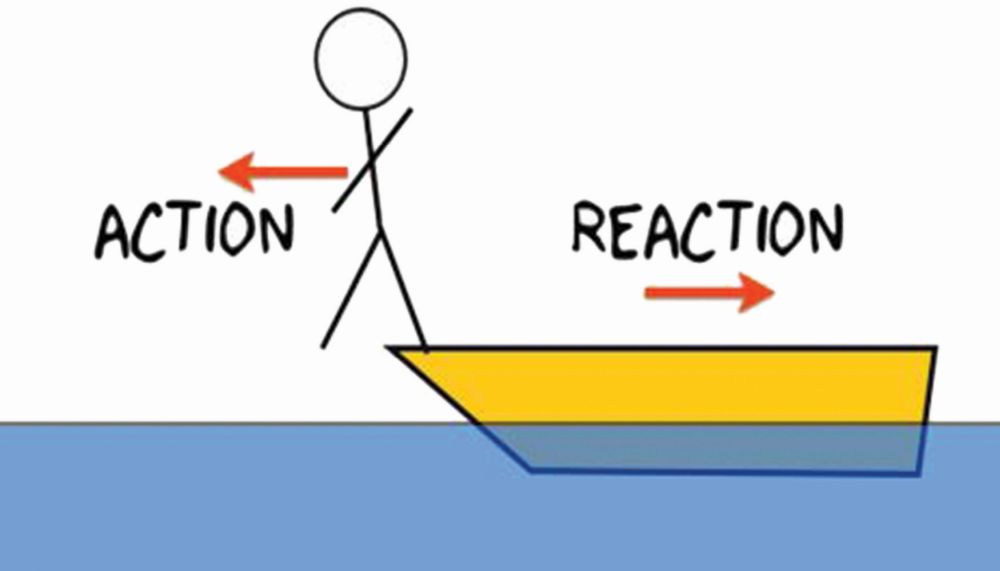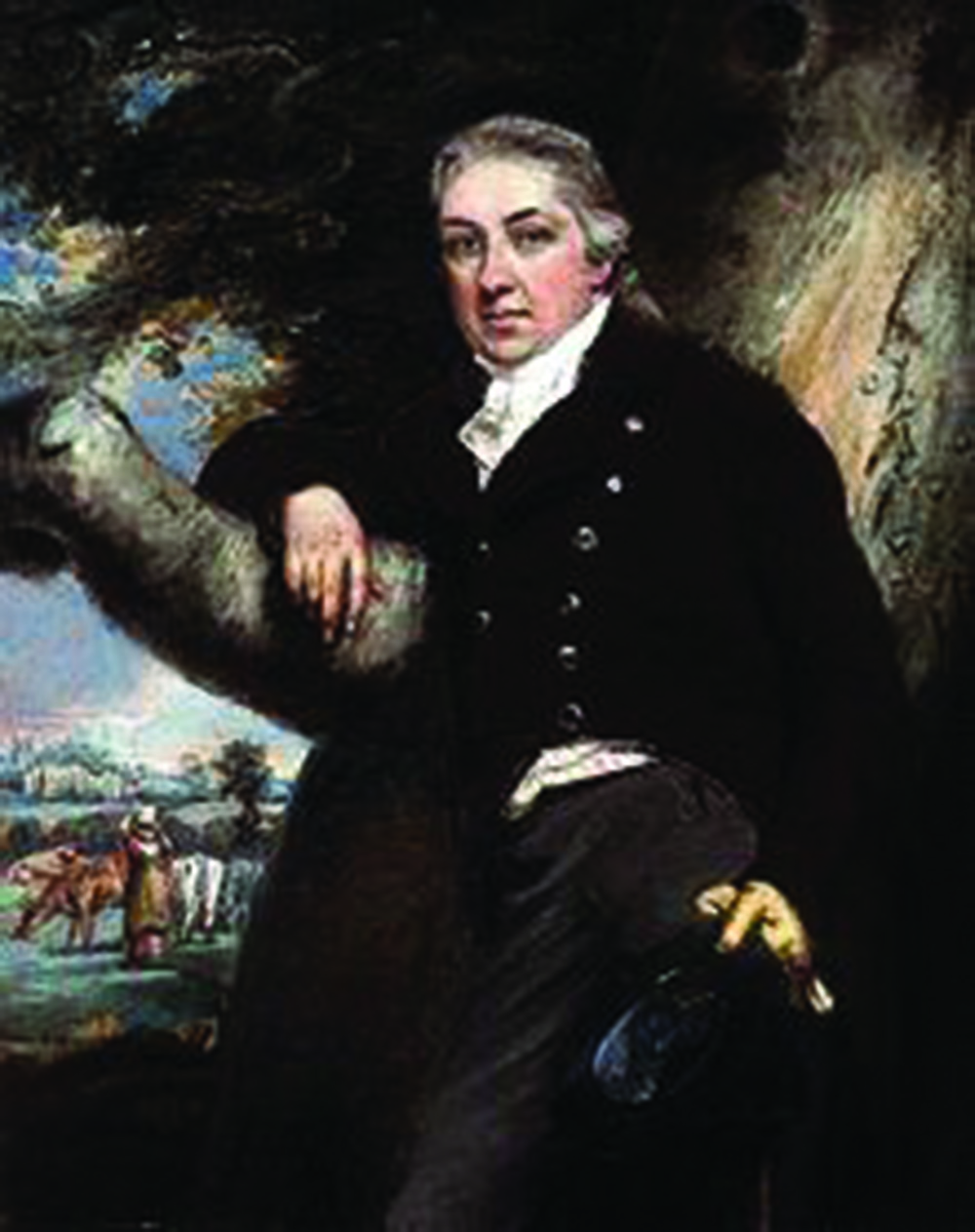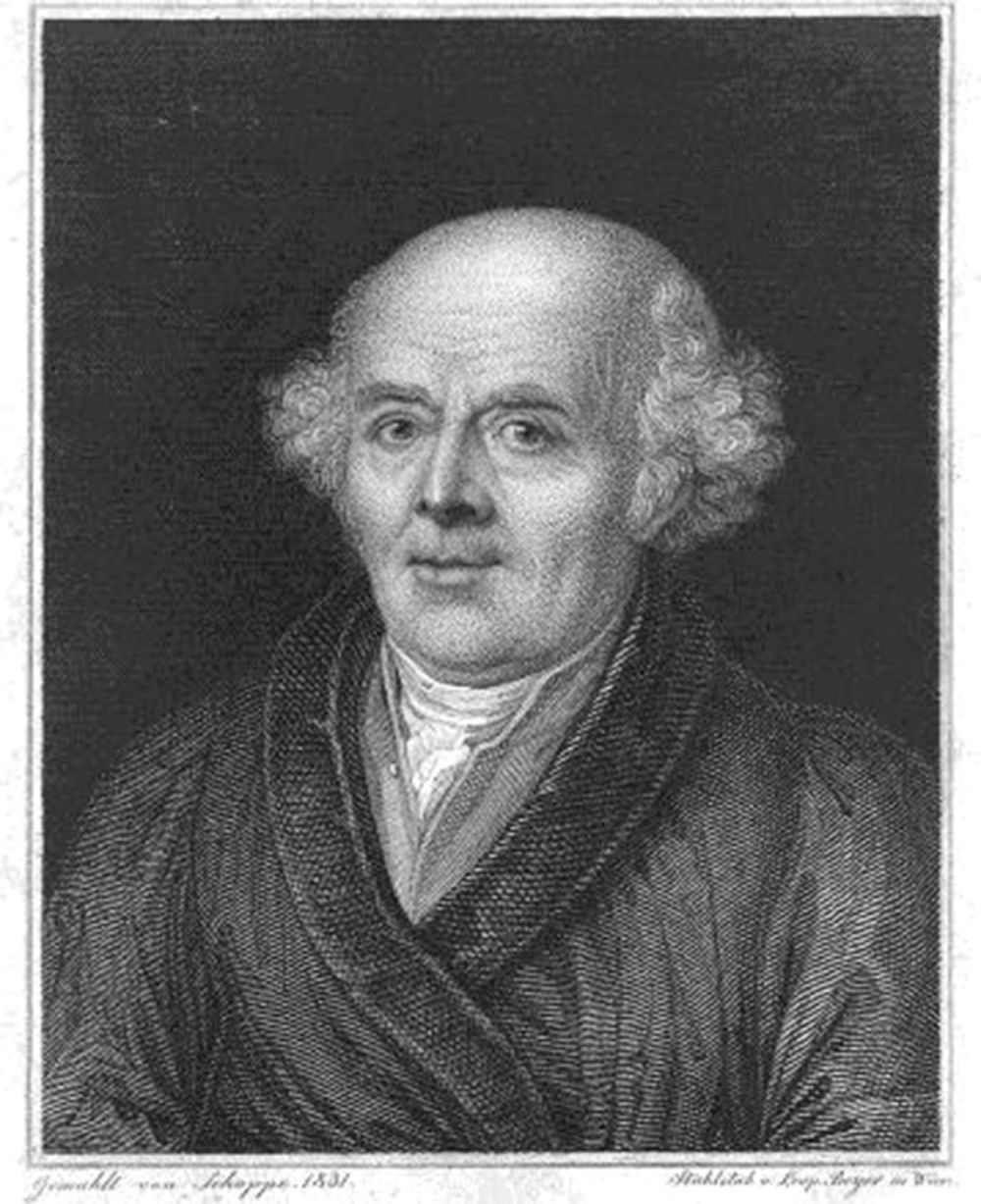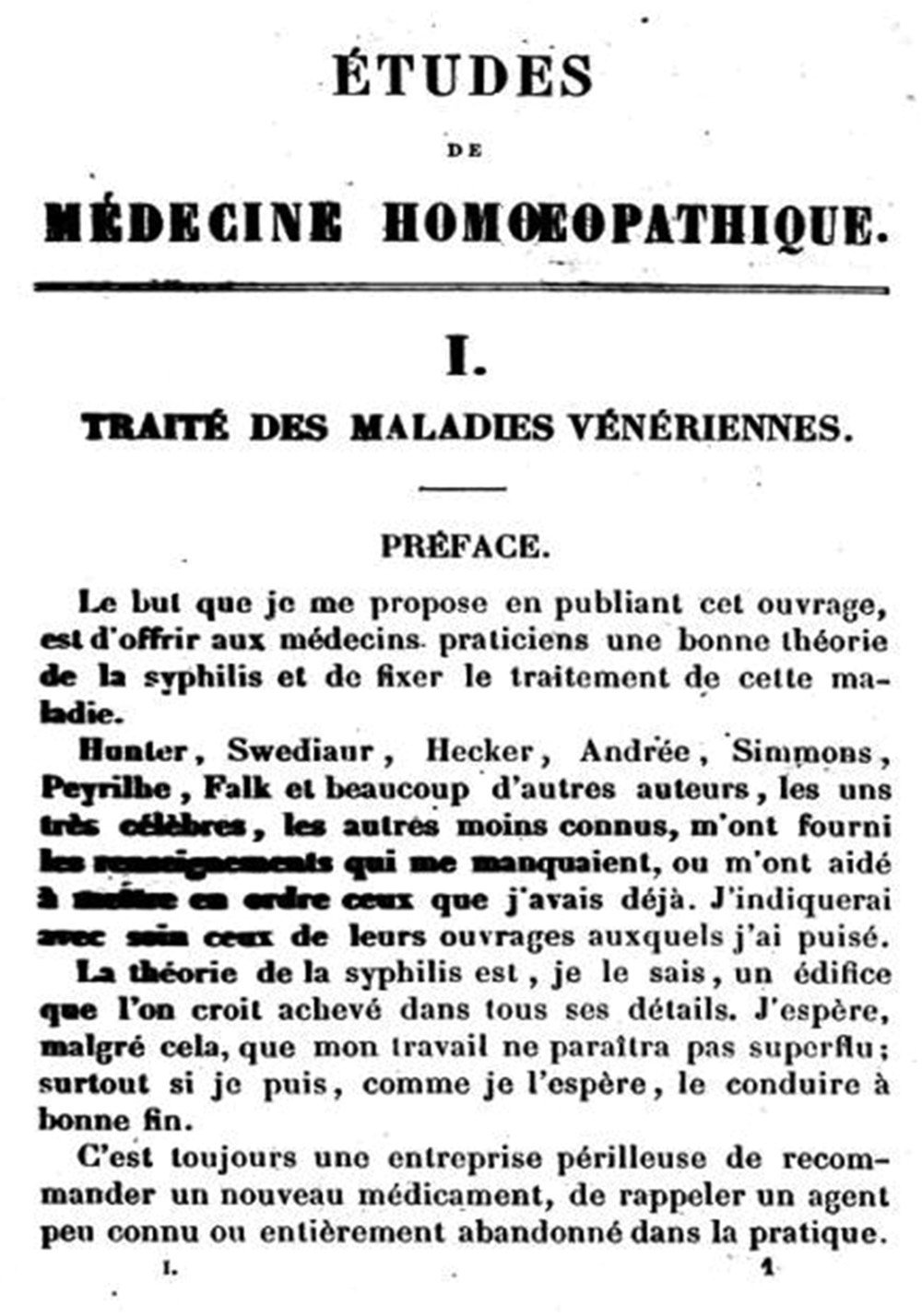The title refers to the conceptual quality of being similar, as a kind of resemblance between both procedures.
There are some similarities between the concepts of vaccination and that giving support to homeopathy. The objective of the present article explores the historical background of both trying to better understand such similarities, if any at all. In principle, the hypothesis herein suggested would state that both inject or give to the subject a very small amount of a substance to start a mild disease condition that, in turn, permits the organism to trigger the defense mechanisms. Moreover, the article presents experiences that would not much favor the specialty in spite of its almost worldwide acceptance in a large population of professionals and patients.
First vaccine
Edward Jenner (1749–1823, Figure 1) was an English physician and scientist, the pioneer of smallpox vaccine, the world’s first vaccine. The terms vaccine and vaccination are derived from Variolae vaccinae (smallpox of the cow). The term was devised by Jenner. In those days, smallpox killed around 10% of the population, reaching a number as high as 20% in some places [1]. In fact, he was neither the first to suggest that infection with cowpox conferred specific immunity to smallpox nor the first to attempt cowpox inoculation for this purpose.

Jenner was a country youth, the son of a clergyman. Because Edward was only five when his father died, he was brought up by an older brother, who was also a clergyman. Edward acquired a love of nature that remained with him all his life. He attended grammar school and at the age of 13 was apprenticed to a nearby surgeon. In the following eight years, Jenner acquired a sound knowledge of medical and surgical practice. On completing his apprenticeship at the age of 21, he went to London and became the house pupil of John Hunter (1728–1793), who was on the staff of St. George’s Hospital and one of the most prominent surgeons in London. Even more important, he was an anatomist, biologist, and experimentalist; not only did he collect biological specimens, but he also concerned himself with problems of physiology and function; a superb teacher, indeed.

Noting the common observation that milkmaids were generally immune to smallpox, Jenner postulated that the pus in the blisters that milkmaids received from cowpox protected them from smallpox. Jenner performed his first vaccination on James Phipps, an eight-year-old boy, on May 14, 1796. He scraped pus from cowpox blisters on the hands of a milkmaid who had caught cowpox.
Historical brief note [2]
The origin of smallpox as a natural disease is lost in prehistory. It is believed to have appeared around 10,000 BC, at the time of the first agricultural settlements in northeastern Africa. Probably, it spread from there to India by means of ancient Egyptian merchants. The earliest evidence of skin lesions resembling those of smallpox is found on faces of mummies from the time of the 18th and 20th Egyptian Dynasties (1570–1085 BC). The mummified head of the Egyptian pharaoh Ramses V (died 1156 BC) bears evidence of the disease. Smallpox was also described as early as 1122 BC in China and is mentioned in ancient Sanskrit texts of India.
The disease was introduced to Europe sometime between the fifth and seventh centuries and was frequently epidemic during the Middle Ages. The first stages of the decline of the Roman Empire (AD 108) coincided with a large-scale epidemic, the so-called plague of Antonine, which accounted for the deaths of almost 7 million people.
The Arab expansión and the Crusades contributed to the spread of the disease. The Antonine Plague of 165 to 180 AD, also known as the Plague of Galen (from the name of the Greek physician living in the Roman Empire who described it), was an ancient pandemic brought back to the Roman Empire by troops returning from campaigns in the Near East. Scholars have suspected it to have been either smallpox or measles, but the true cause remains undetermined. The epidemic may have claimed the life of a Roman emperor, Lucius Verus, who died in 169 and was the coregent of Marcus Aurelius Antoninus, whose family name has become associated with the epidemic.
Unknown in the New World, smallpox was introduced by the Spanish and Portuguese conquistadores. The disease decimated the local population and was instrumental in the fall of the empires of the Aztecs and the Incas. Similarly, on the eastern coast of North America, the disease was introduced by the early settlers and led to a decline in the native population. During the French-Indian War (1754–1767), Sir Jeffrey Amherst (1717–1797), the commander of the British forces in North America, suggested the deliberate use of smallpox to diminish the American Indian population hostile to the British. What an inhuman Nazi-like idea! Another factor in the Americas was the slave trade because many slaves came from regions in Africa where smallpox was endemic.
Smallpox affected all levels of society. In the 18th century in Europe, 400,000 people died annually of smallpox. The symptoms of smallpox appeared suddenly and the sequelae were devastating. The case-fatality rate varied from 20% to 60% and left most survivors with disfiguring scars. The case-fatality rate in infants was even higher, approaching 80% in London and 98% in Berlin during the late 1800s.
The immune system
It describes a host defense mechanism comprising many biological structures and processes within an organism that protects against disease. Such system must detect a wide variety of agents, known as pathogens, from viruses to parasitic worms, and distinguish them from the organism’s own healthy tissue. Pathogens can rapidly evolve and adapt, and thereby avoid detection and neutralization by the immune system, the natural disease-fighting framework. Adaptive, or acquired immunity, creates immunological memory after an initial response to a specific pathogen, leading to an enhanced response to subsequent encounters with that same pathogen. This process of acquired immunity is the basis of vaccination.
The latter word in simpler terms means a small amount of, say, a microbe triggers the immune system, which, when healthy, is able to recognize invading bacteria and viruses, so producing antibodies to destroy them. Thus, immunization wards off a disease. To immunize against viral diseases, the virus used must be weakened. In addition, it has been found that the effectiveness of immunizations can be improved by periodic injections called boosters. A good book to refer to deals with the painful saga that led to the polio vaccine [3], where the live virus Sabin vaccine and the dead Salk counterpart are discussed in detail.
If the immune system malfunctions and mistakes self for nonself, it may attack the body’s own tissues, causing an autoimmune disorder, such as rheumatoid arthritis, Hashimoto thyroiditis, or systemic lupus erythematosus, all three serious illnesses.
Homeopathy: Over 160-year-old medical specialty
The term comes from those substances that produce an analog condition, hence homeos, that in the particular treated disease, pathos, combine to give homeopathy. Some authors have had highly critical comments regarding homeopathy, stating, for example, things like:
One of the most striking features of unorthodox medicine, variously described as quackery, irregular medicine, fringe medicine, or complementary and alternative medicine, has been its ability to survive for a very long time. Although it has changed enormously with the passage of time, unorthodox medicine has always been a rich source of disputes, claims and counter-claims, and accusations of fraud. In fact, we will never really know how many people in the past consulted unorthodox practitioners instead of, or in addition to, consulting the orthodox. But we do know that before the mid-19th century the irregular practitioners for whom the derogatory term “quacks” is appropriate, were used by a large proportion of the population [4].
The same excellent article by Irvine Loudon [5] gives us an enlightening paragraph, namely:
Hahnemann believed that if a patient had an illness, it could be cured by giving a medicine which, if given to a healthy person, would produce similar symptoms of that same illness but to a slighter degree. Thus, if a patient was suffering from severe nausea, he was given a medicine which in a healthy person would provoke mild nausea. By a process he called “proving,” Hahnemann claimed to be able to compile a selection of appropriate remedies. This led to his famous aphorism, like cures like or similia similibus curantur, which is often called the principle of similar, and he cited Jenner’s use of cowpox vaccination to prevent smallpox as example. Quite significant was this comparison.
Contrary to many physicians and scientists who are frontally against homeopathy, even with strong derogatory words, an Internet search shows that homeopathy enjoys good health nowadays. For example, homeopathy came to the United States in 1825 with the immigration of European physicians. It grew steadily and gained a reputation for being safe and simple and for its avoidance of practices such as bloodletting and using strong drugs to purge the body. In 1850, the first homeopathic college was founded in Ohio and the practice of homeopathy rapidly spread. Many doctors began to use homeopathic medicines. By 1900, homeopathy was popular in many classes of society. There were 100 homeopathic hospitals and 22 homeopathic medical schools in the United States at this time and more than 1000 homeopathic pharmacies. Over 20% of doctors practicing during this period considered themselves homeopaths [5].
Samuel Hahnemann and his Opera Magna
Christian Friedrich Samuel Hahnemann (1755–1843, Figure 2) was born in Meissen, Germany, near Dresden. As a young man, Hahnemann became proficient in a number of languages, including English, French, Italian, Greek, and Latin. He eventually made a living as a translator and teacher of languages, gaining further proficiency in Arabic, Syriac, Chaldaic, and Hebrew. Hahnemann studied medicine for two years at Leipzig, Germany. Citing Leipzig’s lack of clinical facilities, he moved to Vienna, Austria, where he studied for ten months. After one term of further study, he graduated as M.D. at the University of Erlangen on August 10, 1779, qualifying with honors. In 1781, Hahnemann took a village doctor’s position in the copper-mining area of Mansfeld, Germany. He soon married Johanna Henriette Kuchler and would eventually have 11 children. After abandoning medical practice, and while working as a translator of scientific and medical textbooks, Hahnemann traveled around the German state of Saxony for many years, staying in many different towns and villages for varying periods and settling at different times in Dresden, Torgau, Leipzig, and Köthen, finally moving to Paris, France, in June 1835.

Hahnemann was dissatisfied with the state of medicine in his time, and particularly objected to practices such as bloodletting. He claimed that the medicine he had been taught to practice sometimes did the patient more harm than good. Obviously, he was right, and he produced his opera magna, Études de Médecine Homeopatique [6]. He first published an article about the homeopathic approach in a German-language medical journal in 1796. Following a series of further essays, he published Organon of the Rational Art of Healing in 1810, followed over the years by four further editions titled The Organon of the Healing Art, the first systematic treatise and containing all his detailed instructions on the subject.
About Hahnemann’s Études
Its first volumen is the most important (Figure 3). In Chapter II, pp. 257–284, Hahnemann explains the spirit of his doctrine. In p. 271, he writes:
C’est d’en donner chaque fois un [medicine] qui ait de la tendance à provoquer dans l’organisme une affection morbide artificielle analogue, et le plus analogue qu’il est possible au cas maladif présent.” [“Give each time a medicine that has the tendency to elicit in the organism a morbid artificial analog to the malady present in the case (the patient).”]
Such sentence resembles undoubtedly the principle of vaccination of allopatic medicine.

The second volume is much less significant as it collects assorted material and specific clinical examples obtained from Hahnemann’s practice. Its consideration would not add much to the present article.
Discussion
As stated previously in the text above, there are similar or equivalent concepts endorsing vaccination and homeopathy. This was recognized by Hahnemann himself. However, is such a position really valid in practice? By giving a minute amount of a substance that elicits mild symptoms of a disease, does the patient get immunized? Doubts soon and easily arise.
My father, Máximo Valentinuzzi [7], was a physician, gynecologist, and obstetrician. Many years ago, he was induced by a friend homeopath, Dr. Taubin, to both practice together. After accepting the idea (perhaps driven more by curiosity), my father got a copy of Hahnemann’s book (the same copy shown here, Figure 3) and started to study it.
A young woman went to their office with diagnosed uterine cancer. My father, who had had similar cases, said she needed radium application, opposing strongly to the homeopathic treatment. Taubin insisted on his therapeutics, and the patient soon passed away. That was the end of homeopathy for my father. By the way, in those days in the 1950s, radium was still used.
There was another sad case of Rosana Falasca, a 29-year-old well-known tango singer in Buenos Aires, Argentina, also with uterine cancer, who was submitted to homeopathic treatment, apparently under her own decision. She always denied her disease [8].
I myself twice tried homeopathic treatment, first when a young student of engineering because of asthma spells. Dr. Taubin, then my father’s colleague and friend, treated me, but results were zero. Many years later, being a professor at the University of Tucuman, I tried it again and unsuccessfully for unbearable pain due to a lumbar hernia. And I ended up in the surgery room!
These few negative examples must be taken as such: mere examples. They do not mean that homeopathy is a failure. Perhaps there is something still not well understood or more clinical trials should be carried out.
References
- “Edward Jenner,” [Online]. Available: https://en.wikipedia.org/wiki/Edward_Jenner
- S. Riedel, “Edward Jenner and the history of smallpox and vaccination,” Proc. Bayl or Univ. Med. Center, vol. 18, no. 1, pp. 21–25, Jan. 2005.
- D. M. Oshinsky, POLIO: An American Story, New York, NY, USA: Oxford Univ. Press, 2005, 342 pp.
- I. Loudon, “A brief history of homeopathy,” J. Roy. Soc. Med., vol. 99, no. 12, pp. 607–610, Dec. 2006, doi: 10.1258/jrsm.99.12.607.
- “Homeopathy in the United States,” 2013. [Online]. Available: http://www.homeoguide.com/InTheUnitedStates
- S. Hahnemann, Études de Médecine Homeopatique, Paris, France: Chez J.B. Baillière, vols. 1 and 2.
- M. E. Valentinuzzi, “Máximo Valentinuzzi (1907–1985): Perhaps the first Latin American biophysicist, biomathematician and bioengineer,” IEEE Pulse, vol. 5, no. 3, pp. 66–75, May–Jun. 2014.
- [Online]. Available: http://fmeducativa.edu.ar/sitio/la-vida-breve-de-rosanna-falasca-la-princesa-del-tango/


